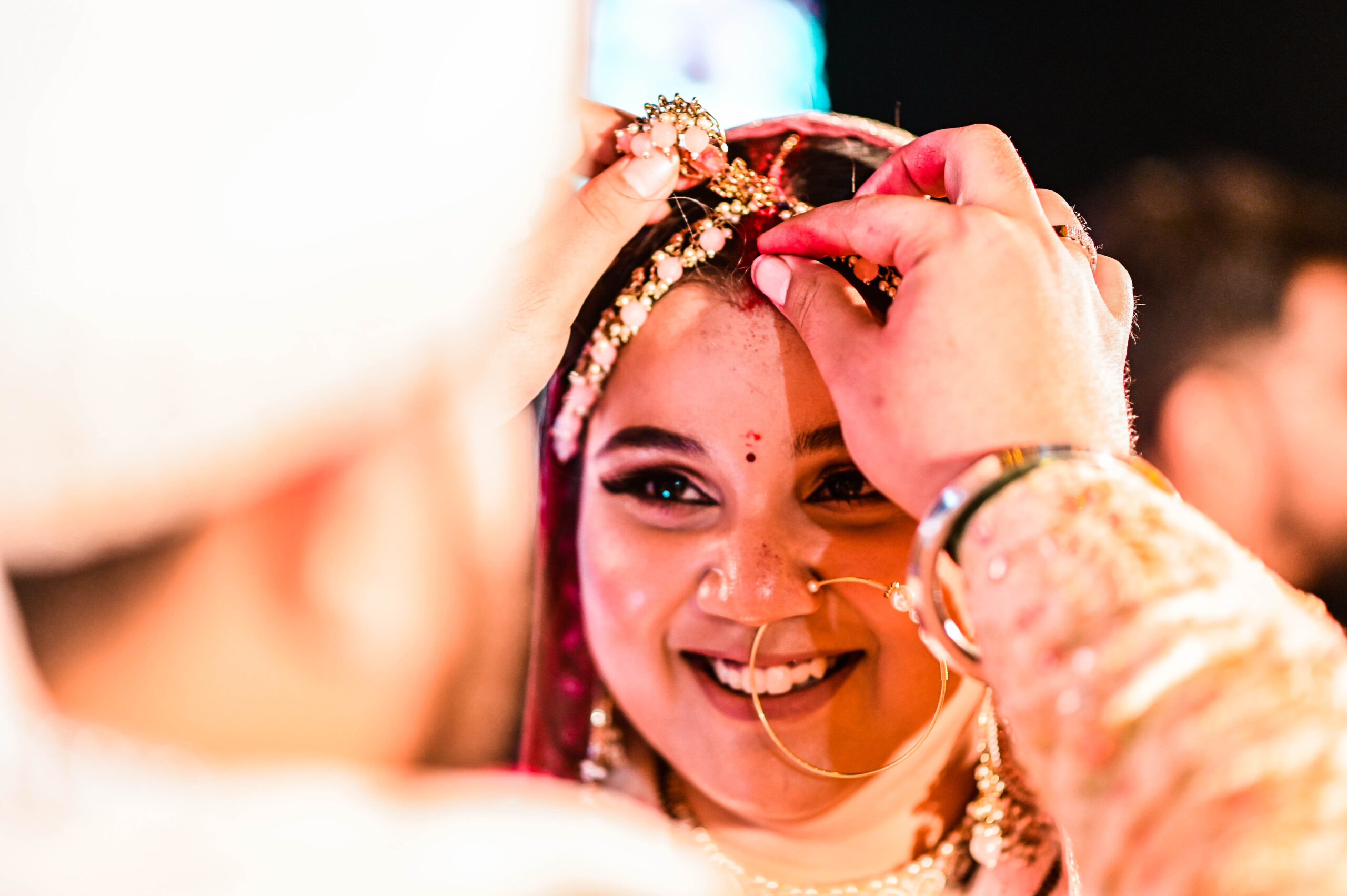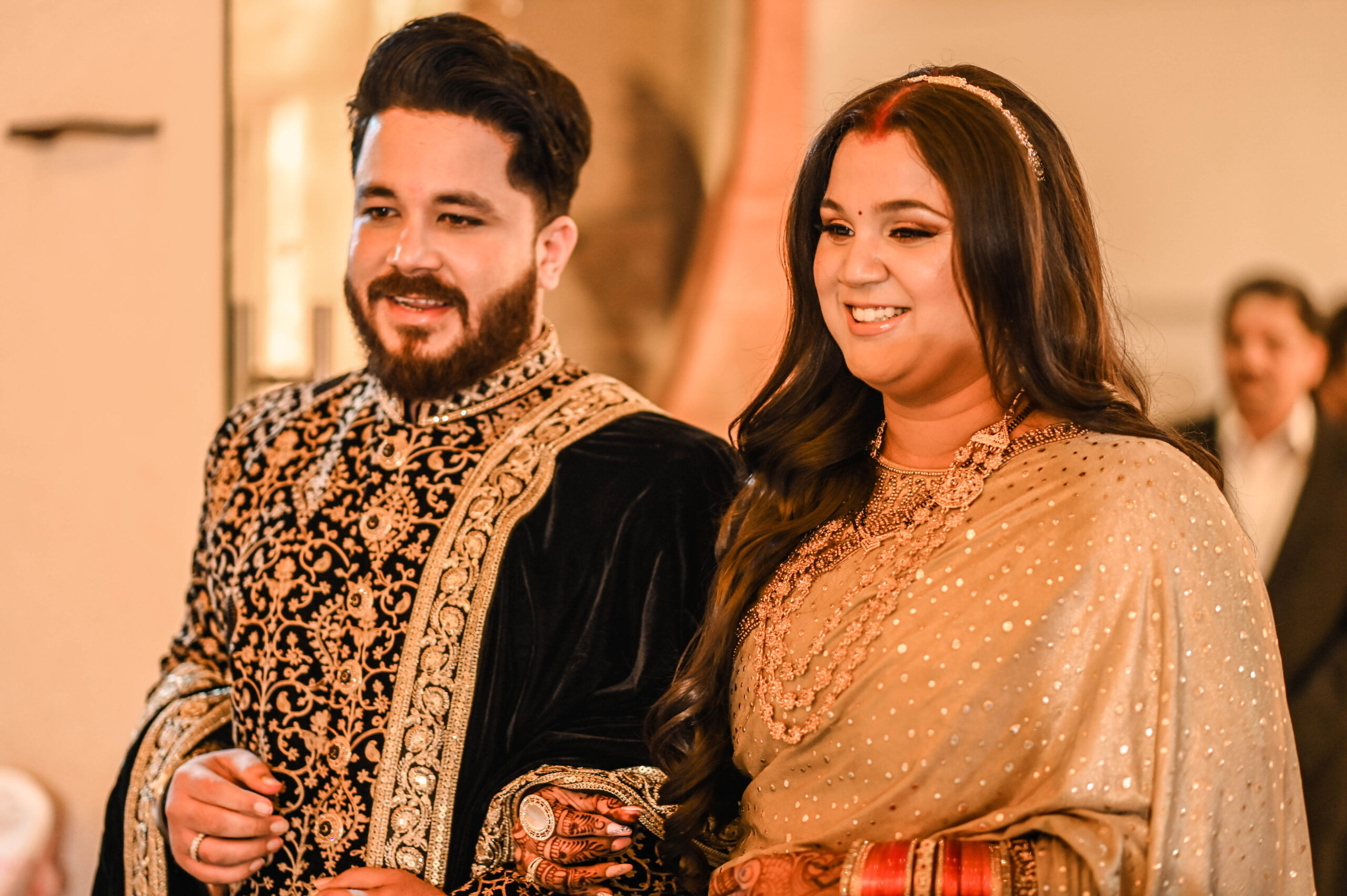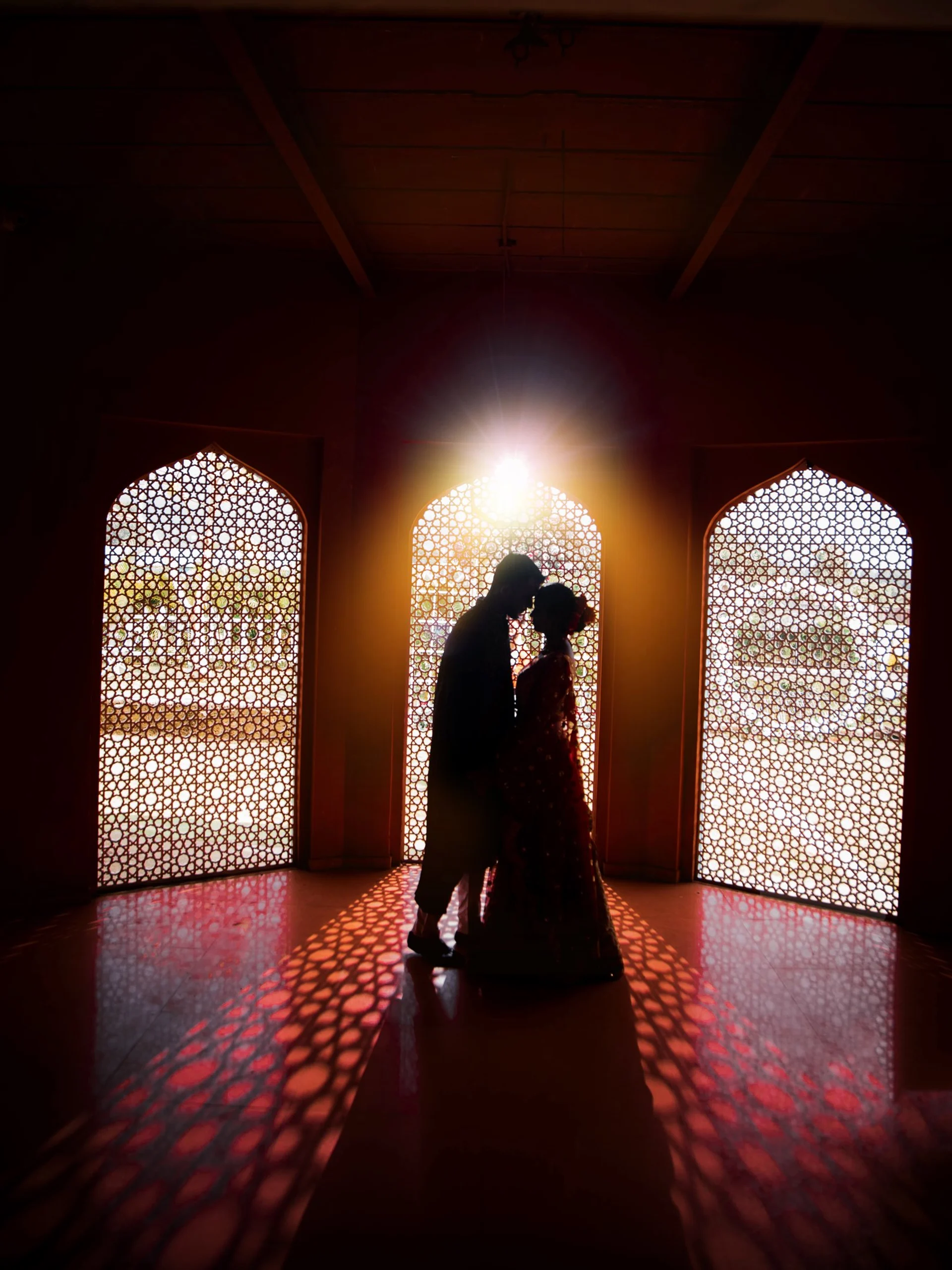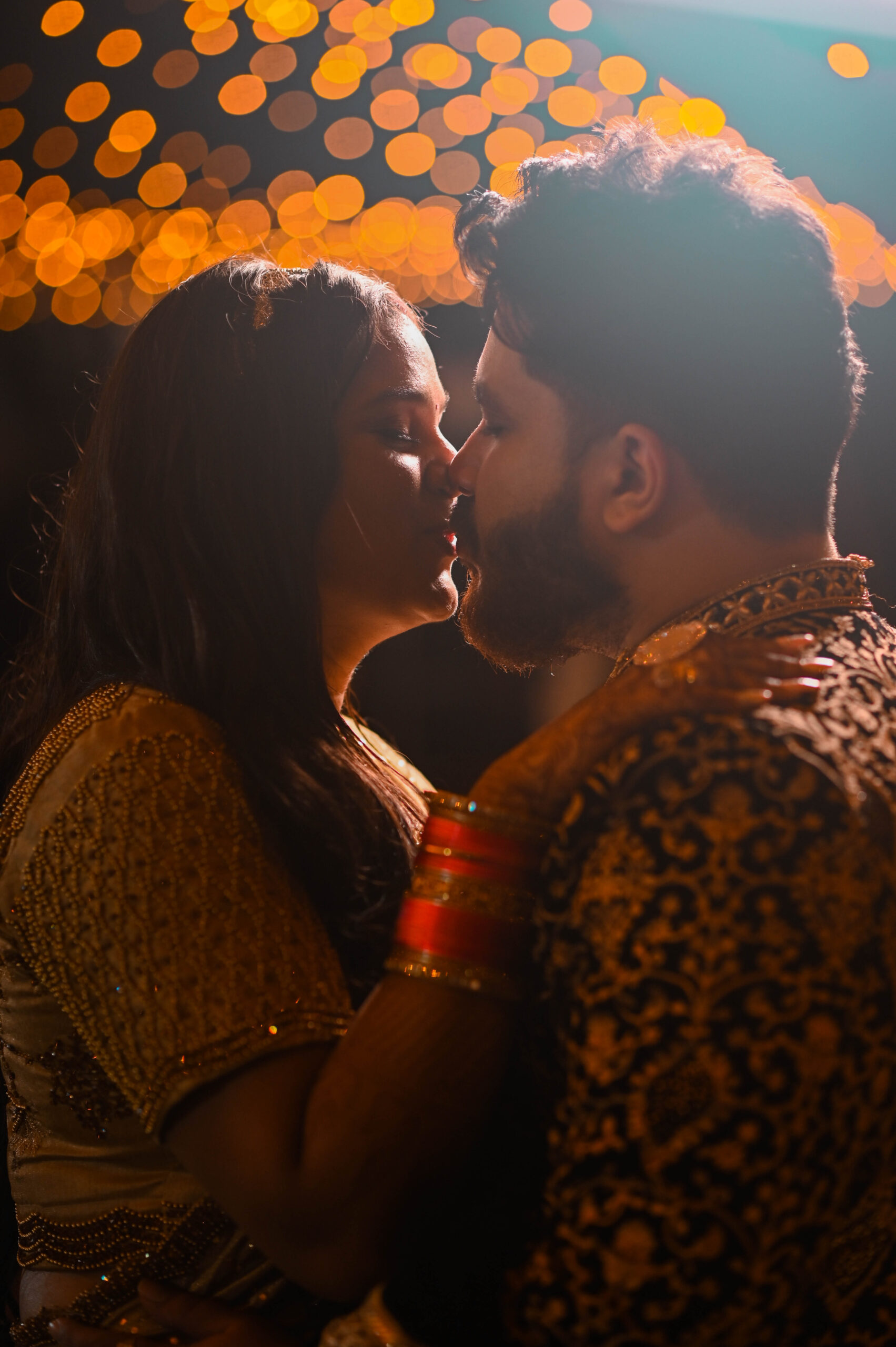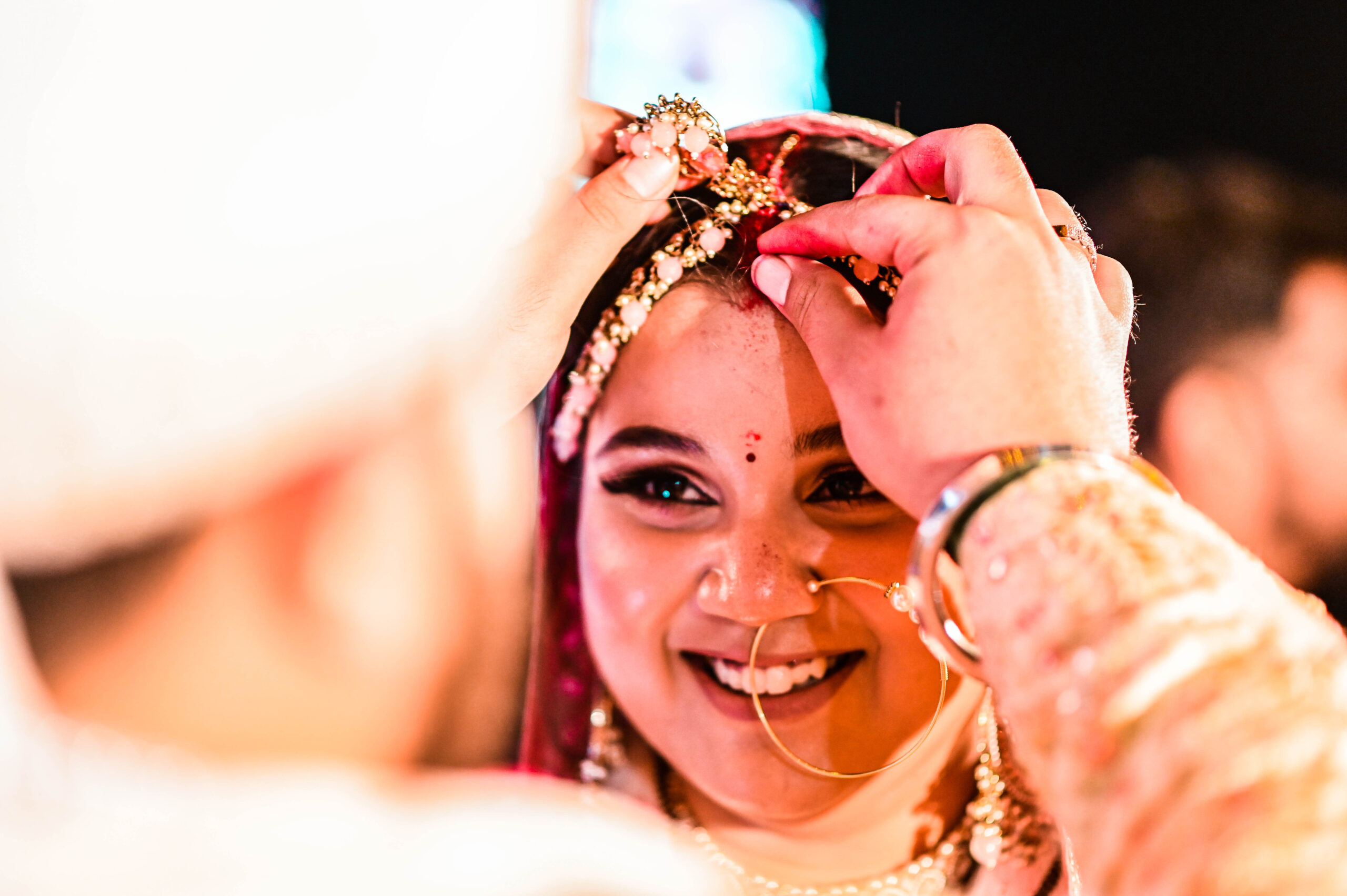wedding photography: Capturing Moments of a Lifetime
wedding photography is a unique and highly specialized form of photography that plays a pivotal role in preserving one of the most important days in a couple’s life. It combines elements of art, technical expertise, storytelling, and emotional depth. Wedding photographers are entrusted with the monumental task of capturing the love, joy, and sacredness of a wedding day, crafting memories that will last for generations.
This comprehensive guide to wedding photography explores its significance, techniques, challenges, and the best approaches to delivering stunning wedding images. Whether you’re a couple preparing for your big day or a photographer looking to improve your skills, this guide offers insights into the world of wedding photography.
1. The Significance of wedding photography
wedding photography is about more than just snapping pictures; it’s about preserving memories, telling a story, and capturing emotions. For most couples, a wedding day is one of the most significant events of their lives, and wedding photos are treasured keepsakes. These images not only document the day’s events but also reflect the personalities, love, and connection between the couple.
Every glance exchanged, every tear shed, every laugh shared between loved ones, and every joyful celebration is encapsulated through the lens of the photographer. These moments are not just fleeting; they become part of the couple’s legacy and are cherished by generations to come. The photographs become emotional artifacts that help families remember the details of a life-changing day.
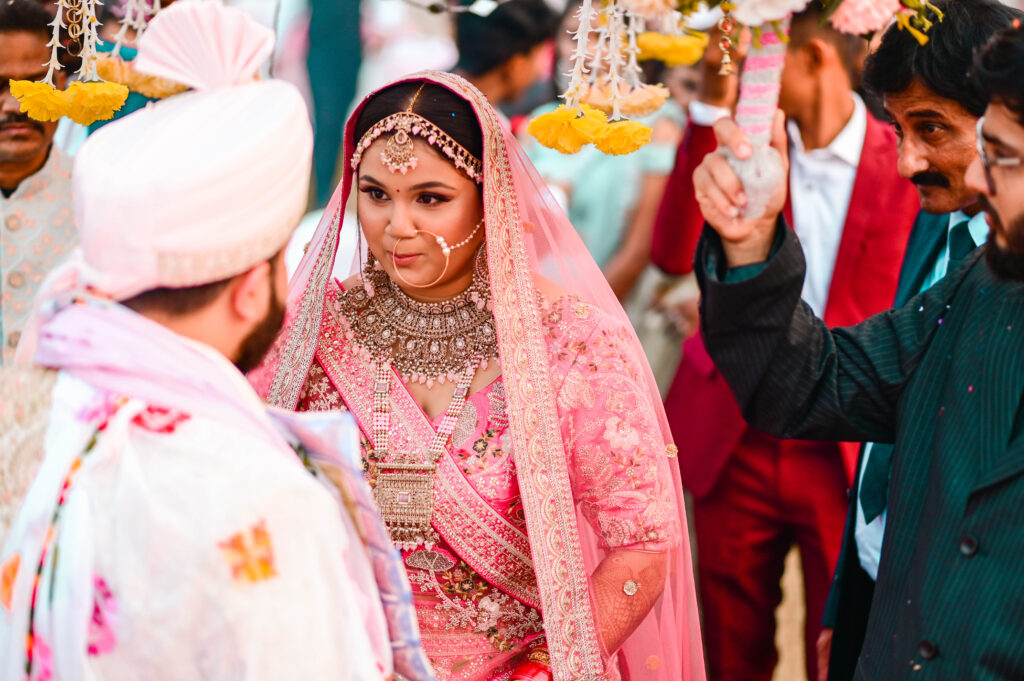
Why wedding photography is So Important
- Preservation of memories: wedding photography Wedding photos capture memories that can never be relived. The dress, the first kiss, the cake cutting—all of these moments are fleeting, but wedding photos ensure they live on forever.
- Family legacy: wedding photography Wedding albums are passed down to future generations. Grandchildren and great-grandchildren will one day look at these photographs and learn about the love and commitment their ancestors shared.
- Emotional connection: wedding photography Looking at wedding photos brings couples back to the emotions they felt on their big day. Whether it’s the joy of their vows or the intimate moments shared during the ceremony, photos transport them back in time.
- The love story: wedding photography A wedding album is often a visual representation of a couple’s love story. Each photograph captures a moment in time, contributing to the overarching narrative of the couple’s journey together.
2. The Role of a wedding photography
The role of a wedding photography is multifaceted. It requires a combination of technical skill, creativity, emotional intelligence, and the ability to work under pressure. A wedding photographer is not just someone who takes pictures—they are a storyteller who must capture the essence of the wedding day and the love between the couple.
Key Responsibilities of a wedding photography
- Preparation and Planning: wedding photography Before the wedding day, photographers must communicate with the couple to understand their preferences, the timeline of events, and any special requests. This is critical to ensure that they don’t miss any key moments.
- Documenting the Event: wedding photography Wedding photographers must be present from the start to the finish of the event. They capture the most important moments, from the bride getting ready to the couple’s first dance.
- Creating Artistic and Candid Images: wedding photography While traditional posed portraits are essential, candid moments are often the most powerful. A wedding photographer’s ability to capture spontaneous expressions and emotional interactions is what makes their work truly stand out.
- Technical Skill: wedding photography Wedding photographers must have a strong understanding of photography equipment, lighting, composition, and post-processing. Whether they are shooting in natural light or under harsh artificial lighting, they must adapt to various situations to ensure the final images are of the highest quality.
- Editing and Delivering Photos: wedding photography After the wedding, the photographer spends significant time editing the images, ensuring they are polished and beautiful. This involves color correction, retouching, and sometimes creating special effects that elevate the images.
- Creating an Album: wedding photography The final step in wedding photography is often creating a wedding album. This album is a collection of curated images that tell the story of the wedding day in a cohesive and artistic way.

3. wedding photography Styles
Wedding photography is an art, and as such, it comes in a variety of styles. Each style offers a different approach to capturing the wedding day, from the formal and traditional to the candid and spontaneous. Understanding these styles can help couples choose a photographer whose work aligns with their vision for their wedding photos.
1. Traditional wedding photography
Traditional wedding photography focuses on posed and formal portraits. The photographer directs the couple and their guests to create perfectly composed images, often mimicking timeless compositions. This style is favored for couples who want classic, elegant, and highly structured shots.
The key features of traditional wedding photography include:
- Group shots of the family and friends.
- The couple posing in formal settings.
- Close-up shots of rings, bouquets, and other details.
- Carefully planned compositions with attention to symmetry and light.
2. Photojournalistic/Documentary wedding photography
Photojournalistic wedding photography, also known as documentary-style, is all about capturing candid moments. The photographer takes a step back and captures the day as it unfolds naturally, without interfering. The goal is to tell a story through the images, documenting not just the event but the emotions, expressions, and interactions that happen throughout the day.
This style is characterized by:
- Unposed, candid moments that feel raw and authentic.
- Focus on emotions—tears, laughter, and joy.
- Attention to environmental details, like the setting, guests’ reactions, and behind-the-scenes moments.
- Less direction from the photographer, allowing the couple to be themselves.
3. Fine Art wedding photography
Fine art wedding photography is more focused on aesthetics and artistic expression. Photographers using this style often experiment with composition, lighting, and post-processing techniques to create visually stunning images that feel more like works of art. Fine art wedding photography often involves the use of soft lighting, creative angles, and a dreamlike quality to the images.
Features of fine art wedding photography include:
- Artistic, stylized shots that may feel ethereal or romantic.
- Heavy emphasis on lighting and mood.
- Focus on beautiful compositions and creative framing.
- Use of natural elements, like landscapes, architecture, and nature, to create impactful imagery.
4. Modern wedding photography
Modern wedding photography blends elements from both traditional and documentary styles. It’s a dynamic, up-to-date approach that combines clean lines, contemporary aesthetics, and fashionable poses. Modern photographers often experiment with angles, editing techniques, and lighting to create bold, visually striking images.
Features of modern wedding photography include:
- Fashion-inspired compositions with an editorial feel.
- Creative poses and angles.
- Bold, high-contrast images.
- A focus on candid and posed moments with a trendy, youthful vibe.
5. Vintage wedding photography
Vintage wedding photography is designed to evoke nostalgia. Photographers who specialize in this style often use sepia tones, black-and-white photography, or soft pastel colors to create a timeless look. This style is ideal for couples who want a romantic, old-world charm for their wedding photos.
Characteristics of vintage wedding photography:
- Soft, muted colors and sepia or black-and-white filters.
- Retro-inspired poses and settings.
- Emphasis on capturing the elegance and romance of past eras.
- Use of film cameras or digital filters to create a vintage effect.
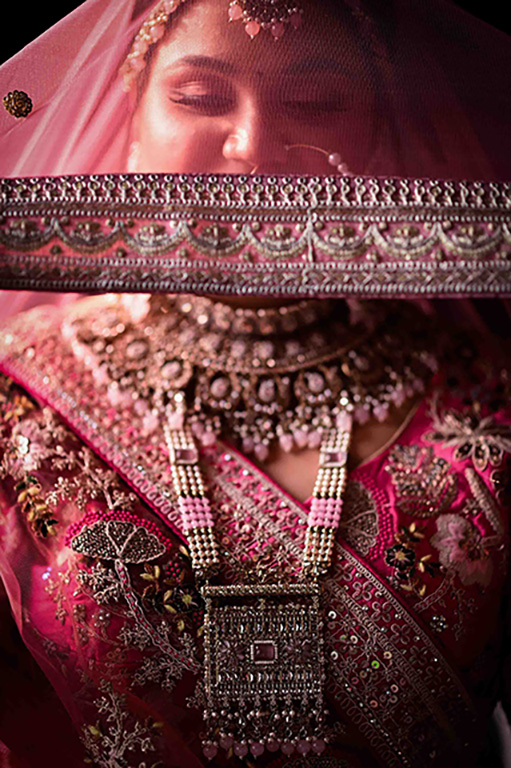
4. The Wedding Day Timeline: Key Moments to Capture wedding photography
A wedding day is full of significant moments, each one deserving to be captured in its own unique way. From the early stages of getting ready to the last dance, every moment plays an important role in the couple’s wedding story.
Pre-Ceremony: Getting Ready wedding photography
- Bride and Groom Preparations: The photographer should capture candid moments of the bride and groom preparing for the big day. These include details like the bride getting into her dress, the bridesmaids helping with makeup, or the groom adjusting his tie.
- Details Shots: Photographers often take close-up shots of the wedding rings, the dress, the shoes, the bouquet, and any other personal details that are meaningful to the couple.
Ceremony: The Heart of the wedding photography
- The Procession: The entrance of the bride and the groom, along with their attendants, should be captured from various angles.
- Vows and Rings Exchange: This is the most emotional and intimate part of the ceremony. Photographers must capture the exchange of vows, the kiss, and the ring ceremony.
- First Kiss: The first kiss as a married couple is one of the most iconic moments of a wedding.
Post-Ceremony: Newlywed Moments wedding photography
- Family and Group Portraits: After the ceremony, the couple often takes family and group photos. Photographers need to ensure everyone is positioned correctly for these group shots.
- Couple Portraits: These are intimate moments where the photographer can direct the couple in a more personal setting, capturing romantic and emotional images.
Reception: The Celebration wedding photography
- First Dance: The couple’s first dance together is a significant and emotional moment, and it must be photographed from various angles.
- Cake Cutting and Toasts: These moments mark the beginning of the celebration. Photographers capture the cake cutting and the speeches by family and friends.
- Dancing and Candid Moments: The reception is a time for guests to celebrate and have fun. A good wedding photographer captures the energy and joy of the party with candid shots.
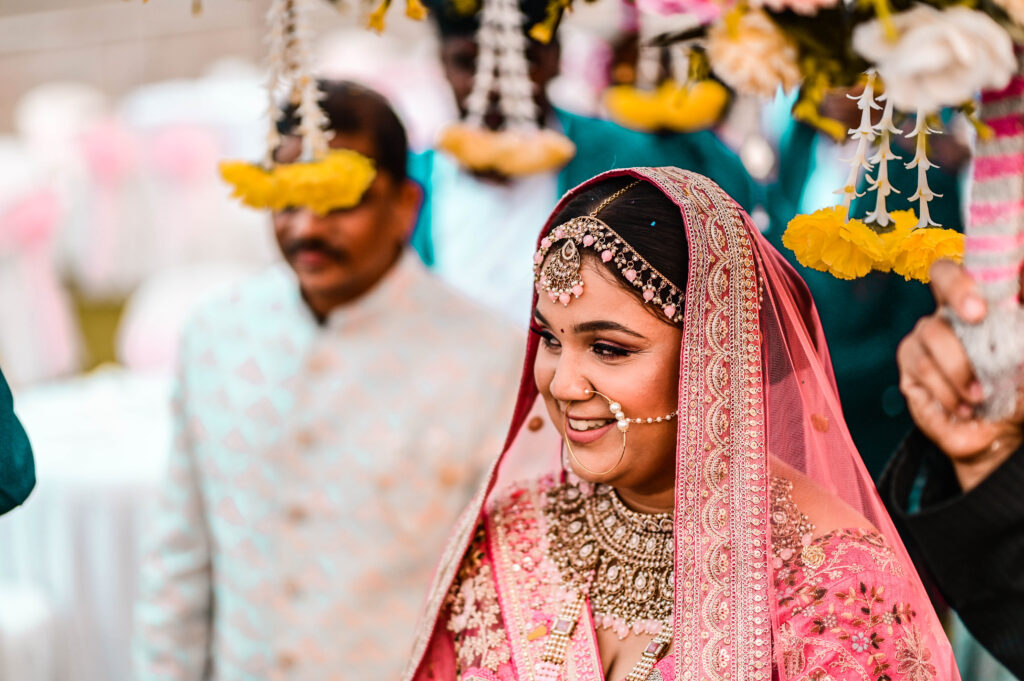
5. Challenges of wedding photography
While wedding photography is rewarding, it can also be incredibly challenging. There are a few common difficulties that photographers face:
- Unpredictable Lighting: wedding photography Weddings often take place in venues with challenging lighting, such as churches or dimly lit reception halls. Photographers must adapt their equipment and skills to ensure high-quality images.
- Managing Time: wedding photography Weddings have a set schedule, and it can be difficult to ensure that all the key moments are captured in a limited amount of time. Photographers must be efficient while still producing high-quality images.
- Pressure to Perform: wedding photography Wedding photographers are under immense pressure because they are capturing moments that cannot be recreated. Missing a critical moment can be devastating for the couple, so photographers must always be alert and prepared.
- Managing Clients’ Expectations: wedding photography Couples often have specific expectations for their wedding photos, and meeting those expectations can be challenging. It’s essential for photographers to communicate clearly with their clients before the wedding day to ensure everyone is on the same page.
6. The Art of wedding photography: Capturing Love with Its Triumphs and Challenges
wedding photography is one of the most sought-after genres in the world of photography. It is a powerful form of visual storytelling, as it seeks to capture the love, emotions, and significant milestones of a couple’s most important day. While wedding photography often evokes feelings of joy and beauty, it also comes with its own set of challenges. In this article, we will explore both the positive and negative aspects of wedding photography, discussing what makes this niche so special while also addressing the hurdles and obstacles photographers face when working on a wedding day.
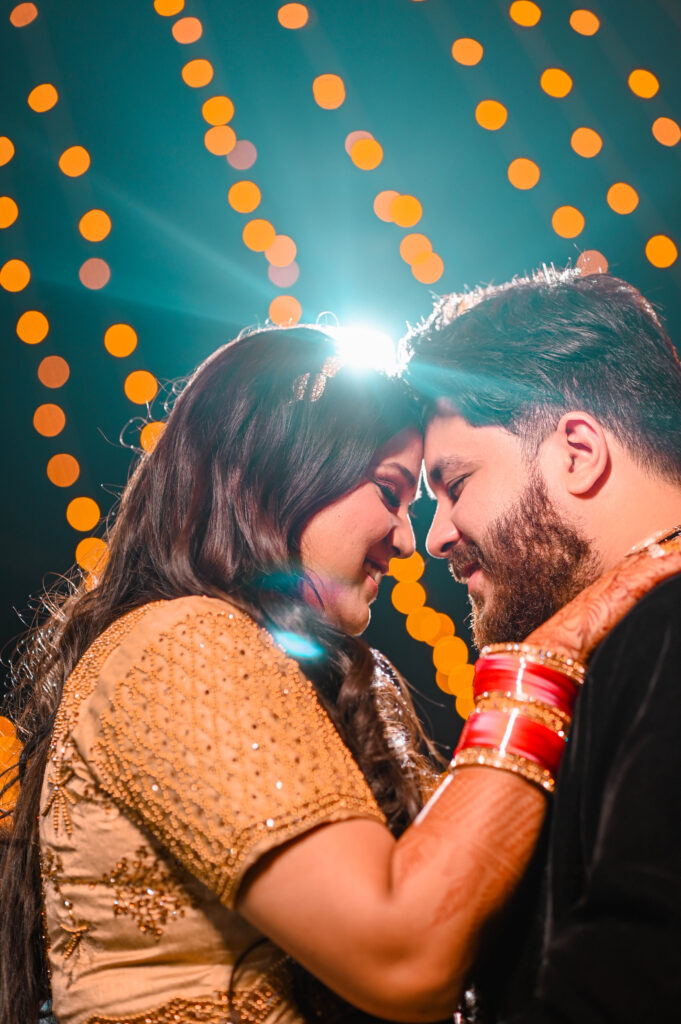
The Positive Side of wedding photography
1. Capturing Unforgettable Moments of Love wedding photography
The most apparent positive aspect of wedding photography is the ability to preserve the pure and genuine emotions of a couple’s wedding day. Every wedding is filled with poignant moments—whether it’s the first look between the bride and groom, the exchange of vows, or the shared happiness of family and friends. Wedding photographers are given the opportunity to capture these deeply emotional moments and immortalize them in photographs that can be cherished for years.
The joy and love that radiate during a wedding are unlike any other occasion, making it an incredibly rewarding experience for photographers. Each photograph is a timeless reminder of the bond between two people and their families. For many couples, their wedding photos become priceless keepsakes that they pass down to future generations.
2. Creating Meaningful Memories wedding photography
Wedding photos are not just about preserving the event; they are about creating lasting memories. A well-captured wedding photograph has the power to evoke emotions long after the day has passed. Couples look back at their wedding photos to relive the happiness, excitement, and love they felt on their big day.
For photographers, this offers a deep sense of fulfillment. Knowing that their work will have such a long-lasting impact, enabling couples to revisit one of the happiest days of their lives, is an incredibly rewarding aspect of the job. Wedding photographers are able to offer a unique service that transcends just documenting the day—it’s about giving the couple the ability to reconnect with the love and emotions they experienced.
3. Building Strong Relationships with Clients wedding photography
wedding photography often build strong relationships with the couples they work with. The intimate nature of the wedding day and the trust placed in the photographer to capture personal and significant moments fosters a bond between the photographer and the couple. This connection is one of the most rewarding aspects of wedding photography. It’s a deeply personal experience that goes beyond simply taking photographs—it’s about telling the couple’s story in the most meaningful way possible.
Many wedding photographers have the opportunity to work with couples over extended periods, from engagement shoots to the wedding day, and sometimes even maternity or family shoots afterward. This continuity helps to solidify relationships, and couples often return to the same photographer for future life events. These long-term relationships can be one of the most rewarding aspects of working in the wedding photography industry.
4. Creative Expression and Artistic Freedom wedding photography
Wedding photography offers a significant amount of creative freedom. Photographers are not simply documenting an event; they are telling a story through their lens. This means that wedding photographers can express themselves artistically in the way they compose their shots, utilize lighting, and even edit the final images.
Wedding photographers often incorporate their unique style into their work, whether they favor traditional, documentary, fine art, or modern styles. The ability to experiment with different techniques, play with light, and capture the atmosphere of the day is a major draw for many photographers. Wedding photography allows for the creation of truly beautiful and unique pieces of art that are both personal and meaningful to the couple.
5. Emotional Satisfaction of Telling a Love Story wedding photography
At its core, wedding photography is about telling a love story. Capturing the emotions of two people embarking on a lifelong journey together is one of the most powerful aspects of wedding photography. Every glance, every smile, and every tear can be immortalized in a photograph, creating a visual story that speaks volumes about the couple’s relationship.
For many photographers, being part of this journey is incredibly emotional and fulfilling. There’s a profound satisfaction in knowing that their work will serve as the visual narrative of a couple’s love, something that will remain for years to come.
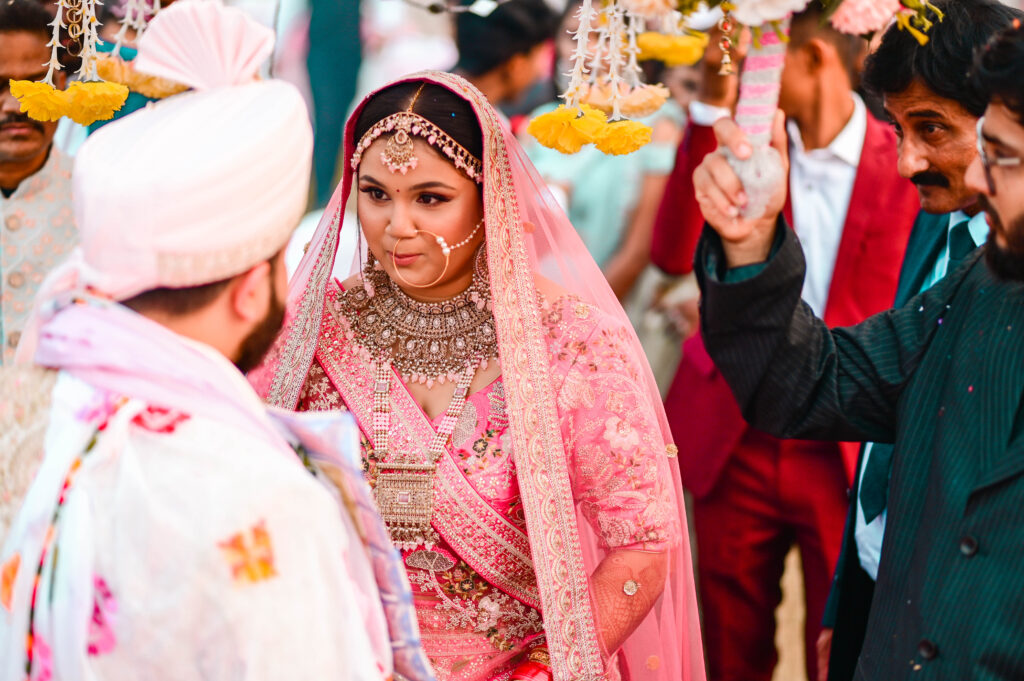
The Negative Side of wedding photography
1. High Levels of Stress and Pressure wedding photography
wedding photography is a high-pressure job, as photographers are tasked with capturing the most important day in a couple’s life. Every moment is significant, and there’s no room for mistakes. Wedding photographers often work long hours, sometimes for 12 hours or more, and are expected to be on their toes throughout the day. This can be emotionally and physically exhausting.
The pressure to get everything right can be overwhelming, as there is no “do-over” with wedding photography. If a photographer misses a key moment, such as the couple’s first kiss or the exchange of rings, it can have a significant impact on the final result. Additionally, the photographer is often required to stay alert and focused for the entire event, which can be incredibly draining.
wedding photography For many photographers, managing the high expectations of clients while navigating the intricacies of the day’s schedule can be a source of stress. The photographer must also deal with the potential for challenging weather conditions, difficult lighting situations, and unpredictable moments, all of which contribute to the stress of wedding photography.
2. Unpredictable Challenges and Surprises wedding photography
No two weddings are the same, and this is both a blessing and a curse for wedding photographers. While the uniqueness of each wedding offers creative freedom, it also brings a multitude of unpredictable challenges. The photographer may face sudden changes to the timeline, uncooperative lighting, or unexpected weather conditions that can complicate their work. In some cases, equipment may fail or the couple may not be as comfortable in front of the camera as expected, leading to missed shots or awkward moments.
These unpredictabilities can be stressful, as photographers have to adapt quickly and problem-solve on the spot. A skilled wedding photographer is one who can remain calm under pressure and handle these challenges without affecting the quality of their work. However, even the most experienced photographers are occasionally faced with situations beyond their control, making the job sometimes feel overwhelming.
3. Long Hours and Physical Exhaustion wedding photography
wedding photography is notoriously demanding in terms of time and energy. The day of the wedding can start early in the morning and last well into the evening. Photographers must be present for various events, including the ceremony, reception, and any pre-wedding rituals. This can mean long hours on their feet, moving quickly between locations, and keeping up with the fast-paced nature of a wedding day.
Carrying heavy camera gear, adjusting lighting equipment, and maintaining focus throughout the event can lead to physical fatigue. This can be especially challenging for photographers working multiple weddings in a week or during peak wedding season.
The pressure to perform at a high level for an extended period of time can contribute to burnout, making it essential for photographers to manage their workload and take breaks when necessary.
4. Emotional Toll wedding photography
While wedding photography is incredibly rewarding, it can also take an emotional toll on photographers. This is especially true for photographers who form deep emotional connections with the couples they work with. Witnessing the joy and love of a wedding day can be emotionally moving, but it can also bring up personal feelings, such as memories of the photographer’s own relationships or their feelings about their own wedding experiences.
Additionally, wedding photographers often have to navigate the complicated dynamics of family relationships, such as dealing with difficult family members or handling emotional situations during the day. Photographers must remain professional while navigating these delicate emotional aspects, which can sometimes be emotionally draining.
5. Financial and Business Challenges wedding photography
While wedding photography can be lucrative, it is also a highly competitive industry. Photographers must not only hone their craft but also run a business, which involves handling client inquiries, marketing, managing contracts, pricing, and accounting. For independent photographers, the responsibility of managing all aspects of their business can become overwhelming.
wedding photography Moreover, the cost of high-quality camera gear, lighting equipment, and editing software can be expensive, and photographers may need to invest heavily in their business upfront. When starting out, it can be difficult to attract clients, and photographers may have to offer discounted rates to build a portfolio, making it financially challenging in the early stages.
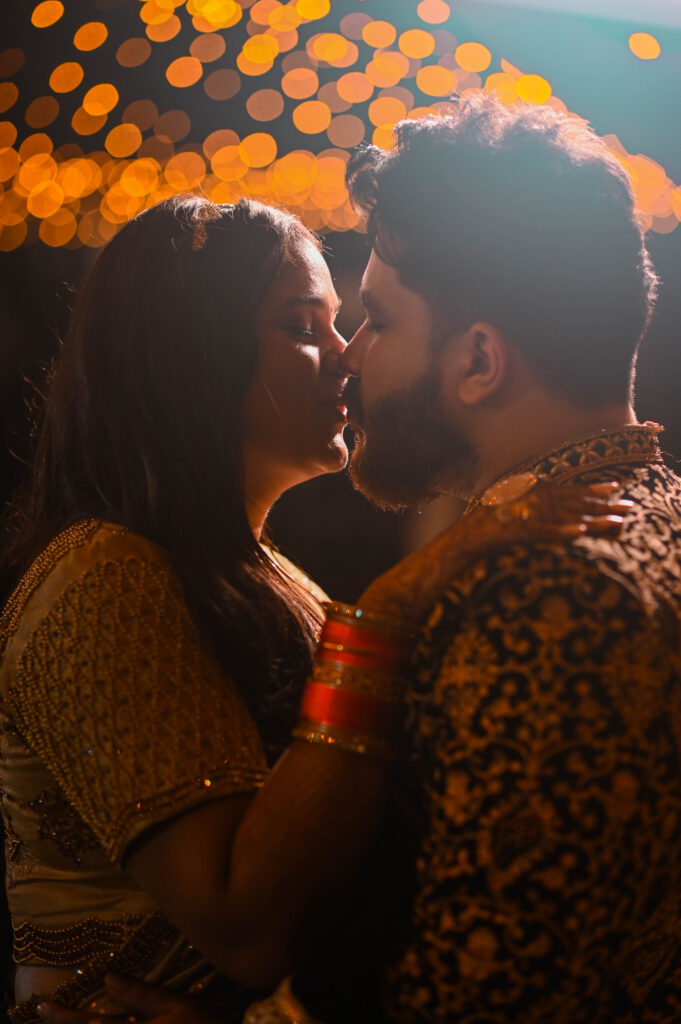
Conclusion: The Rewards and Realities of wedding photography
wedding photography is a profession filled with passion, creativity, and fulfillment, but it is not without its challenges. On the positive side, wedding photography offers the opportunity to capture unforgettable moments of love, build meaningful relationships with clients, and express creative ideas through photography. wedding photography The emotional satisfaction of telling a couple’s love story and the lasting impact of a wedding album are some of the greatest rewards for photographers.
However, the negative side of wedding photography is not to be overlooked. The job comes with high levels of stress, long hours, unpredictable challenges, and the emotional toll of working in such an intimate setting. wedding photography face the pressure of getting everything right, while navigating difficult conditions and maintaining professionalism.
Ultimately, wedding photography is a balance of joy and challenges. For those who are passionate about storytelling through the lens, the rewards far outweigh the difficulties. The key to success in wedding photography lies in preparation, adaptability, and a love for capturing the most significant moments in a couple’s life.
wedding photography is a powerful form of storytelling. It combines technical skills with artistry and emotional sensitivity to create photographs that serve as lasting memories. Whether it’s through traditional posed portraits or candid, documentary-style shots, wedding photography is about capturing the beauty, love, and joy of one of the most significant days in a couple’s life.
For both wedding photography and couples, the wedding day is a celebration of love, and the photographs taken will forever preserve that love story. The role of a wedding photographer is to tell that story with artistry, skill, and heart, ensuring that the emotions of the day are immortalized for years to come.
wedding photography requires a unique set of skills, from mastering the technical aspects of lighting and composition to having the sensitivity to capture raw emotions and intimate moments. For couples, choosing the right photographer is an important decision, as the photographs will be a cherished part of their legacy. For photographers, wedding photography offers a fulfilling and rewarding career, allowing them to be a part of a couple’s journey and to create beautiful, timeless images that will be cherished for generations.
